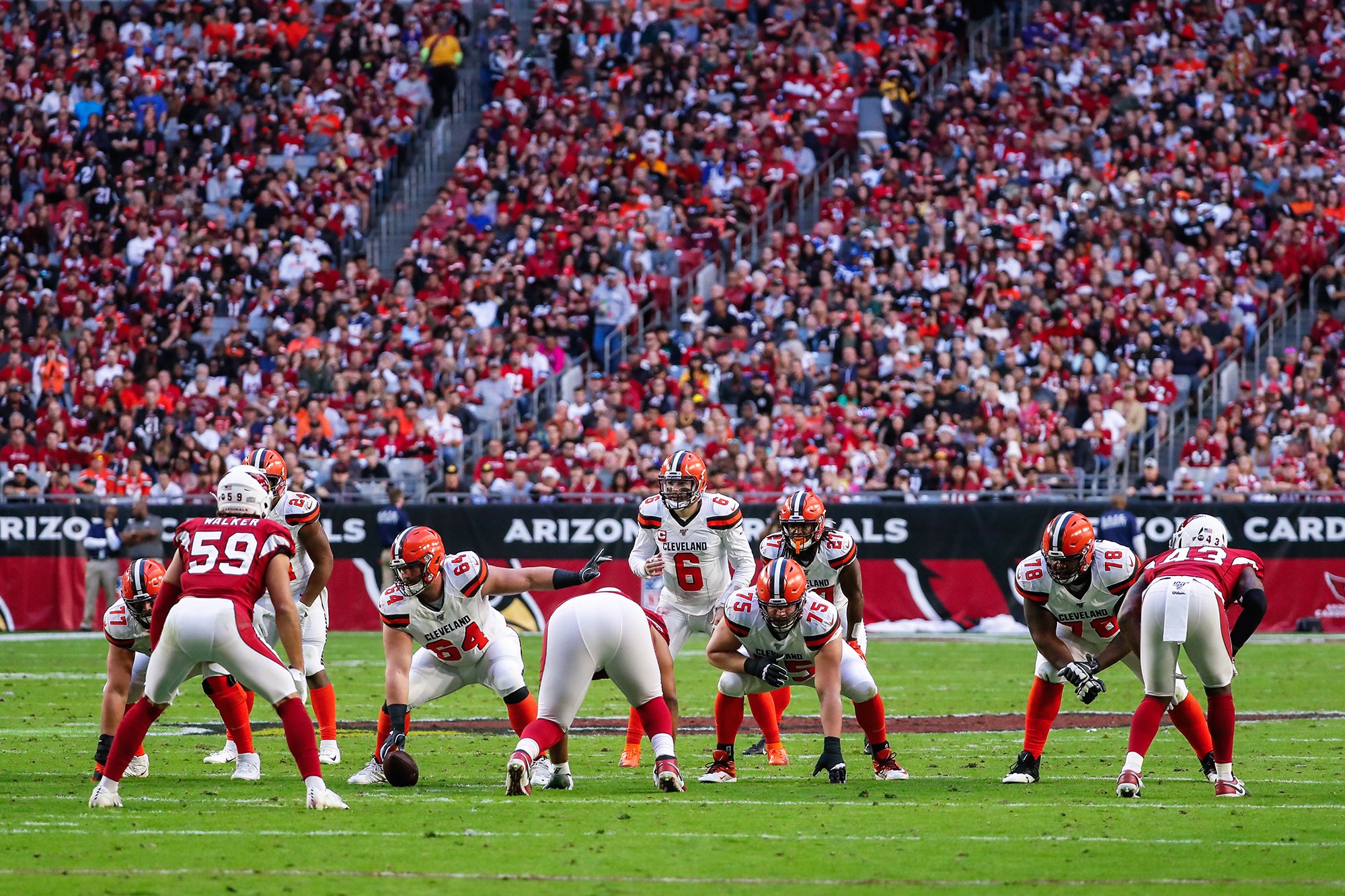Each year, Forbes magazine compiles important financial information about the “Big 4” North American sports leagues – the NBA, NFL, NHL and MLB – to determine the value of their teams.
In September, Forbes released its 2020 NFL list, bringing its rankings of three of the leagues up to date. The most recent report for the NHL was done in 2019.
The Dallas Cowboys of the NFL topped the charts again with a value estimated at $5.7 billion, an increase of $200 million since last year and again making “America’s Team” the most valuable sports franchise in the world.
While the Forbes reports are packed with numbers, Cronkite News has summed up some of the most important and interesting facts from the most recent data. First, we’ll focus on Arizona’s major sports teams and their performance in the ratings, and then we’ll move over to the entirety of the reports.
As is often the case with number-based facts, visuals can explain the numbers better than words. As a result, Cronkite News chose to utilize data visualizations to do its analysis.
What are Arizona’s sports teams worth?

